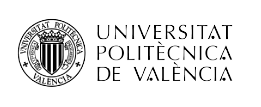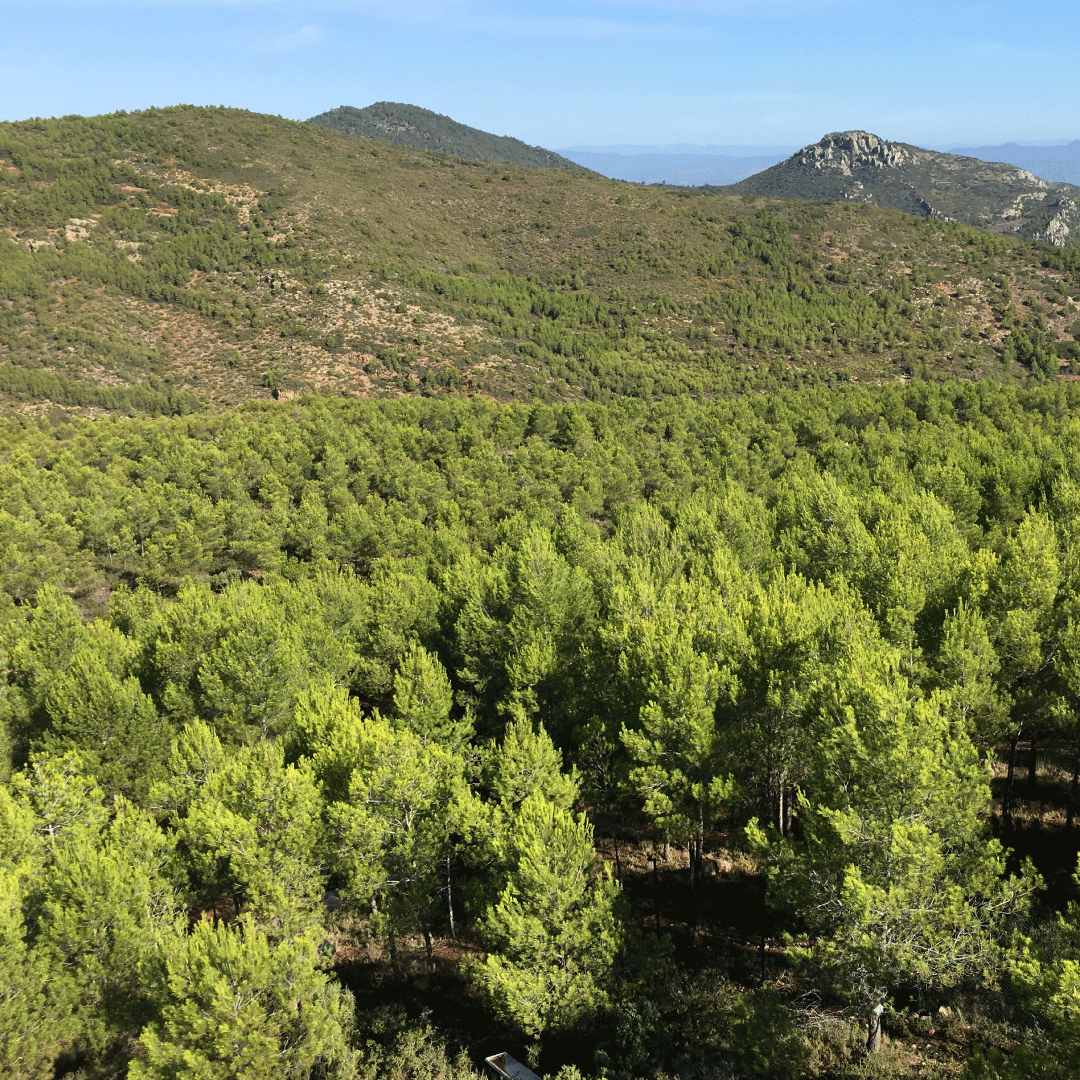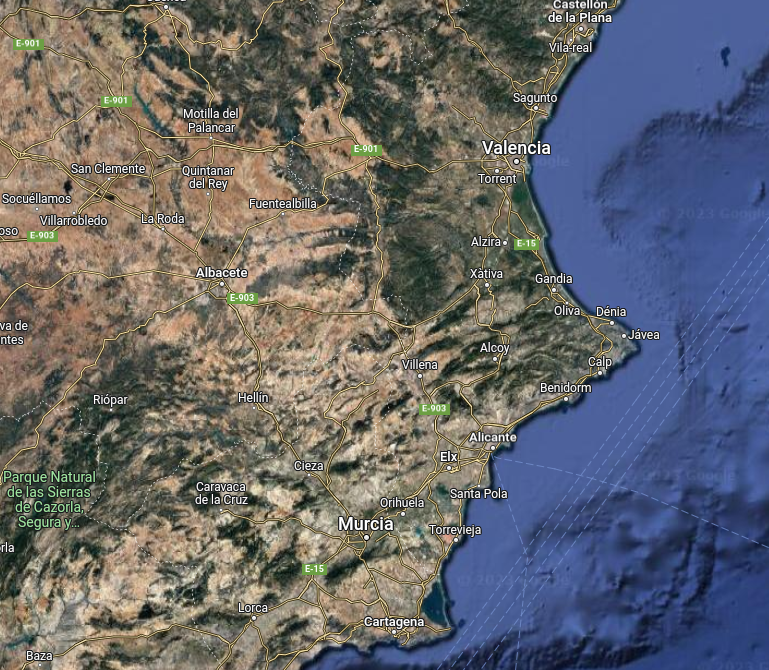Spain
The sustainable management of abandoned MED dryland forests affects the hydrological balance of watersheds providing ecosystem services and freshwater to rural and urban societies in over 50% of Southern Europe’s land. In Valence, the effectiveness of the C.A.F.E. approach will be tested to enhance sustainable forest management.
Technologies and Practical solutions developed here
Adaptive vegetation management tool (CAFE)
Leader

Polytechnic University of Valencia
Profile 1
Altitude: 1,080-1,100 m a.s.l.
Coordinates: 39º04′-N, 1º14′-W
Size: 0.2 ha (plot), 50 km² (Forest),
Mean annual temp: 12.8 °C
Mean annual prec: 466 mm
Mean annual ETo: 749 mm
Aridity index: 0.62
Local population: 6,000
Main land uses, crops and
animals: agro-silvopastoral,
almonds, olives, beekeeping,
hunting, sheep
Profile 2
La Calderona
Altitude: 790 m a.s.l.
Coordinates: 39°42′ N 0°27′ W
Size: 0.2 ha (plot), 112 km2
(watershed), scalable to ≈10000 km2
Mean annual temp: 15.0°C
Mean annual prec: 350 mm
Mean annual ETo: 837 mm
Aridity index: 0.42
Local population: 3,000
Main land uses, crops and animals:
agro-silvopastoral, orange orchards,
carob tree, almonds, olives, livestock
Technologies and Practical solutions developed in this Living Lab
The sustainable management of abandoned MED dryland forests has impacts on the hydrological balance of watersheds providing ecosystem services and freshwater to rural and urban societies in over 50% of S-Europe’s land. Across the MED (Spain, Italy, France, Greece…), there is an urgent need to optimize adaptive forest management approaches. Many of these dryland forests are located in wildland-urban interface, where besides their impact on hydrological cycling, fire risk becomes a major issue that claims for urgent forest management.
Click on the cards below to learn more about the individual technologies tested in the living lab.


